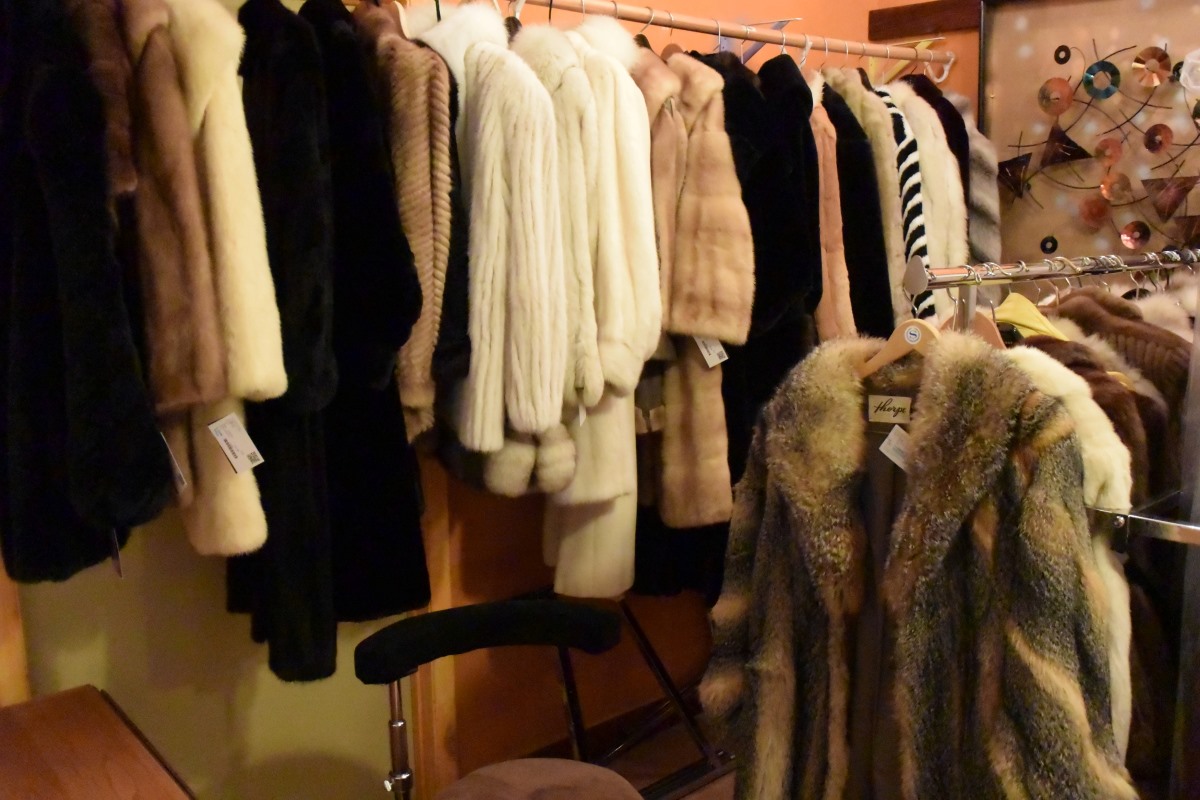

Articles
How To Store A Fur Coat
Modified: October 28, 2024
Learn the best way to store articles made of fur to keep them in optimal condition. Discover tips and techniques to protect your fur coat and extend its lifespan.
(Many of the links in this article redirect to a specific reviewed product. Your purchase of these products through affiliate links helps to generate commission for Storables.com, at no extra cost. Learn more)
Introduction
Welcome to our guide on how to store a fur coat! Whether you have a luxurious mink coat, a classic fox fur jacket, or any other type of precious fur garment, proper storage is essential to maintain its quality and longevity. By following a few simple steps, you can ensure that your fur coat remains in pristine condition during the off-season or when not in use.
Fur coats require special care due to their delicate nature and sensitivity to temperature, moisture, and pests. Improper storage can lead to damage such as matting, drying, discoloration, or even attracting pests like moths. To avoid these issues and keep your fur coat looking its best, we will guide you through the necessary steps to clean, prepare, and store your fur coat appropriately.
In the following sections, we will provide you with a comprehensive breakdown of each step involved in effectively storing your fur coat. From cleaning and selecting the right storage location to wrapping the coat and ensuring long-term storage protection, we’ve got you covered. So let’s dive in and learn how to store your fur coat properly!
Key Takeaways:
- Proper fur coat storage involves professional cleaning, suitable storage location, careful preparation, and wrapping techniques. Following these steps ensures the longevity and pristine condition of your luxurious garment.
- Long-term fur coat storage requires attention to temperature, moisture, and periodic airing. Considering professional storage services and insurance coverage adds an extra layer of protection for your valuable investment.
Read more: How To Store Fur Pelts
Step 1: Cleaning the Fur Coat
Before storing your fur coat, it is crucial to ensure that it is clean and free from any dirt, debris, or stains. Over time, dust and other particles can settle on the fur, which may lead to discoloration or damage if not addressed properly. Here’s how you can effectively clean your fur coat:
- Consult a Professional: It is highly recommended to take your fur coat to a professional fur cleaner for a thorough cleaning. They have the expertise and specialized equipment to handle fur garments delicately.
- Avoid DIY Cleaning: While it may be tempting to clean the fur coat yourself, it is best to avoid doing so. Home cleaning methods, such as washing machines or dry cleaning, can be too harsh and damage the fur.
- Spot Cleaning: If you come across any minor stains or spills on the fur coat, use a clean, damp cloth to gently blot the area. Avoid rubbing or scrubbing, as this can push the stain further into the fur.
- Air Dry: After spot cleaning, allow the fur coat to air dry in a well-ventilated area. Avoid using heat sources such as hairdryers or direct sunlight, as they can cause the fur to become brittle or lose its natural oils.
- Brushing: Once the fur coat is dry, use a fur-specific brush or a wide-toothed comb to gently remove any tangles or matting. Always brush in the direction of the fur’s natural growth to avoid damaging the hairs.
By ensuring that your fur coat is properly cleaned, you are taking the first step towards preserving its quality and appearance during storage. Remember, professional cleaning is the safest and most effective option for cleaning fur garments, so do not hesitate to seek expert assistance.
Step 2: Choosing the Right Storage Location
Once your fur coat is clean and ready for storage, the next step is to select an appropriate location to ensure its safety and preservation. Here are some factors to consider when choosing the right storage location for your fur coat:
- Temperature and Humidity: Fur coats should be stored in a cool, dry place. Ideally, the temperature should be between 50 and 60 degrees Fahrenheit (10 to 15 degrees Celsius), with a humidity level of around 50%. Avoid storing fur coats in areas that are prone to extreme temperature fluctuations or high humidity, such as basements or attics.
- Avoid Sunlight: Protect your fur coat from exposure to direct sunlight, as it can cause the fur to fade and lose its luster. Choose a storage location away from windows or any other sources of natural light.
- Away from Heat Sources: Keep fur coats away from heating vents, radiators, fireplaces, or any other heat sources. Excessive heat can dry out the fur and lead to damage or deterioration.
- Pest Control: Ensure that the storage area is adequately protected against pests, especially moths. Moth larvae can cause significant damage to fur, so consider using mothballs, cedar chips, or other moth deterrents in the storage space.
- Accessibility: Choose a storage location that is easily accessible so that you can check on your fur coat periodically. Regular inspections allow you to ensure that there are no issues or signs of damage that need immediate attention.
If you don’t have a suitable storage location in your home, consider using a professional fur storage service. They have specialized facilities that are designed to maintain optimal storage conditions for fur garments.
Remember, the storage location plays a crucial role in preserving the quality of your fur coat. By selecting an appropriate environment, you can prevent damage caused by temperature, humidity, sunlight, and pests, ensuring your fur coat remains in pristine condition during the storage period.
Step 3: Preparing the Fur Coat for Storage
Before storing your fur coat, it is important to properly prepare it to ensure maximum protection and longevity. Follow these steps to prepare your fur coat for storage:
- Inspect for Damage: Carefully examine your fur coat for any signs of damage, such as rips, tears, loose seams, or missing buttons. Repair any issues before storing to prevent further damage during the storage period.
- Remove Accessories: Take off any accessories attached to the fur coat, such as brooches, belts, or scarves. These items can cause pressure points on the fur and lead to flattening or matting.
- Secure Closures: Close all buttons, zippers, and fasteners on the fur coat to maintain its shape and prevent unnecessary stress on the fur during storage.
- Avoid Plastic Bags: Do not store your fur coat in a plastic bag. Fur needs to breathe, and plastic can trap moisture, leading to mold or mildew growth. Instead, opt for a breathable garment bag made of cotton or linen.
- Handle with Care: When moving or storing the fur coat, always handle it with care. Avoid folding or creasing the fur, as it can damage the hairs and affect the overall appearance. If necessary, gently drape the fur coat over a hanger.
- Keep Away from Fragrances: Avoid spraying perfumes or other fragrances near your fur coat, as they can be absorbed by the fur and become difficult to remove. This can alter the scent and potentially damage the hairs.
By properly preparing your fur coat before storage, you are taking the necessary steps to safeguard its condition and ensure it stays in optimal shape. Inspecting for damage, removing accessories, securing closures, and using the appropriate storage materials are key to preserving the integrity of your fur garment.
Now that your fur coat is prepared, let’s move on to the next step: selecting a suitable storage container.
Store your fur coat in a cool, dark, and well-ventilated space, away from direct sunlight and heat sources. Use a padded hanger to maintain its shape and store in a breathable garment bag to prevent drying out. Avoid using plastic bags or covers.
Step 4: Selecting a Suitable Storage Container
Choosing the right storage container for your fur coat is crucial in maintaining its quality and ensuring its protection during the storage period. Here are some considerations when selecting a suitable storage container:
- Garment Bag: Use a breathable garment bag specifically designed for fur storage. These bags are made of materials such as cotton or linen that allow air circulation while protecting the fur from dust and light exposure.
- Avoid Plastic Containers: Do not store your fur coat in a plastic container or bag, as it can trap moisture and lead to mold or mildew growth. Plastic can also cause the fur to become dry and brittle over time.
- Adequate Size: Ensure that the storage container is large enough to accommodate the fur coat without compressing or wrinkling it. The coat should be able to hang freely inside the container.
- Sturdy and Protective: Choose a storage container that is durable and provides protection against potential damage. Look for containers with reinforced stitching and a sturdy zipper or closure mechanism to prevent dust or pests from entering.
- Moth Deterrents: Consider including mothballs or cedar chips in the storage container to further protect your fur coat against potential moth damage. However, be sure not to place these directly in contact with the fur.
- Labeling: It can be helpful to label the storage container with the contents and date to easily identify and retrieve your fur coat when needed.
Remember to avoid overcrowding the storage container, as this can lead to unnecessary pressure and matting of the fur. Give your fur coat enough space to hang freely and maintain its natural shape. Additionally, store the container in an upright position to prevent any crushing or flattening of the fur coat.
By selecting a suitable storage container, you are providing the necessary protection and preservation for your fur coat during its time in storage.
Next, we will discuss the proper method for wrapping the fur coat to ensure further protection and maintain its pristine condition.
Read more: How To Store Furs At Home
Step 5: Wrapping the Fur Coat Properly
Properly wrapping your fur coat is an essential step in its storage process. By following these guidelines, you can ensure that the fur remains protected and maintains its quality throughout the storage period:
- Start with Acid-Free Tissue: Begin by placing acid-free tissue paper inside the sleeves, across the shoulders, and throughout the body of the fur coat. This helps to maintain the shape and prevent any creases or wrinkles.
- Wrap in a Cotton Sheet: Next, envelop the fur coat in a clean, breathable cotton sheet. This provides an additional layer of protection and keeps the fur away from direct contact with other materials.
- Avoid Vacuum-Seal Bags: Do not vacuum-seal your fur coat, as it can cause the fur to become compressed and lose its natural volume. Fur needs air circulation to stay in optimal condition.
- Place in Garment Bag: Insert the wrapped fur coat into a breathable garment bag. Ensure that the storage container is large enough to accommodate the bag without compressing the fur. Fasten the bag securely to prevent dust or pests from entering.
- Store Upright: Hang the garment bag containing the wrapped fur coat in an upright position to maintain the shape and integrity of the fur.
It is important to note that regular inspection is recommended during the storage period. Check on the fur coat periodically to ensure there are no signs of damage, mold, or pests. If necessary, bring it out of storage and air it for a short period before returning it to the storage location.
By following these wrapping techniques, your fur coat will be well-protected and ready to be safely stored until its next use.
Lastly, let’s explore some additional tips to consider for long-term storage of your fur coat.
Step 6: Additional Tips for Long-Term Storage
When storing your fur coat for an extended period, there are some additional tips to keep in mind to ensure its longevity and protection. Consider the following guidelines:
- Avoid Hanging Next to Other Garments: Avoid hanging your fur coat next to other clothing items, especially those made of rough materials or with sharp edges. This minimizes the risk of the fur getting snagged or damaged.
- Regularly Air the Fur Coat: Take the fur coat out of storage and allow it to air for a brief period every few months. This helps to prevent any musty odors from developing and allows the fur to breathe.
- Keep Away from Heat and Moisture: Ensure that the storage location remains free from excessive heat and moisture. High humidity can cause the fur to become damp, while heat can dry it out. Maintain the recommended temperature and humidity levels as mentioned earlier.
- Consider Professional Fur Storage: If you live in a region with extreme climate conditions or do not have suitable storage space at home, consider utilizing professional fur storage services. These facilities are equipped with the necessary equipment and expertise to maintain ideal storage conditions for fur coats.
- Insurance and Appraisals: It is advisable to have your fur coat appraised and insured. In the event of loss, theft, or damage, having proper insurance coverage ensures that you can adequately protect your investment.
- Avoid DIY Fur Repairs: If you notice any damage or issues with your fur coat, do not attempt to repair it yourself. Seek help from a professional furrier who specializes in fur repairs and alterations.
Following these additional tips will help preserve the quality and appearance of your fur coat during long-term storage. Remember, proper care and attention are key to ensuring the longevity of your precious garment.
Now that you are equipped with the knowledge of how to store your fur coat properly and effectively, you can confidently protect your investment and enjoy the luxurious warmth and beauty of your fur for years to come.
Happy storing!
Conclusion
Proper storage of a fur coat is essential to maintain its quality, appearance, and longevity. By following the steps outlined in this guide, you can ensure that your fur coat remains in pristine condition during the off-season or when not in use. From cleaning and selecting the right storage location to preparing and wrapping the coat, each step plays a crucial role in preserving the integrity of your fur garment.
Remember to consult a professional for cleaning your fur coat, as they have the expertise and specialized equipment necessary to handle fur delicately. Choosing the right storage location, free from extreme temperatures, high humidity, and direct sunlight, is vital to protect your fur from damage. Preparing the fur coat by inspecting for damage, removing accessories, and securing closures helps maintain its shape and ensures it’s ready for storage.
When selecting a suitable storage container, opt for breathable garment bags and avoid plastic containers that can trap moisture. Wrapping the fur coat in acid-free tissue and a cotton sheet provides an additional layer of protection. Storing the coat upright and periodically checking for damage, mold, or pests will help maintain its quality during long-term storage.
Additional tips, such as avoiding hanging next to other garments, regularly airing the fur coat, and considering professional storage services, contribute to its longevity. Appraising and insuring your fur coat provides peace of mind in case of unforeseen events. And remember, leave any repairs or alterations to the experts to avoid further damage.
By following these guidelines, you can ensure that your fur coat remains a cherished and beautiful investment for years to come. Treat your fur coat with care, and it will continue to provide you with warmth, luxury, and timeless style.
Frequently Asked Questions about How To Store A Fur Coat
Was this page helpful?
At Storables.com, we guarantee accurate and reliable information. Our content, validated by Expert Board Contributors, is crafted following stringent Editorial Policies. We're committed to providing you with well-researched, expert-backed insights for all your informational needs.
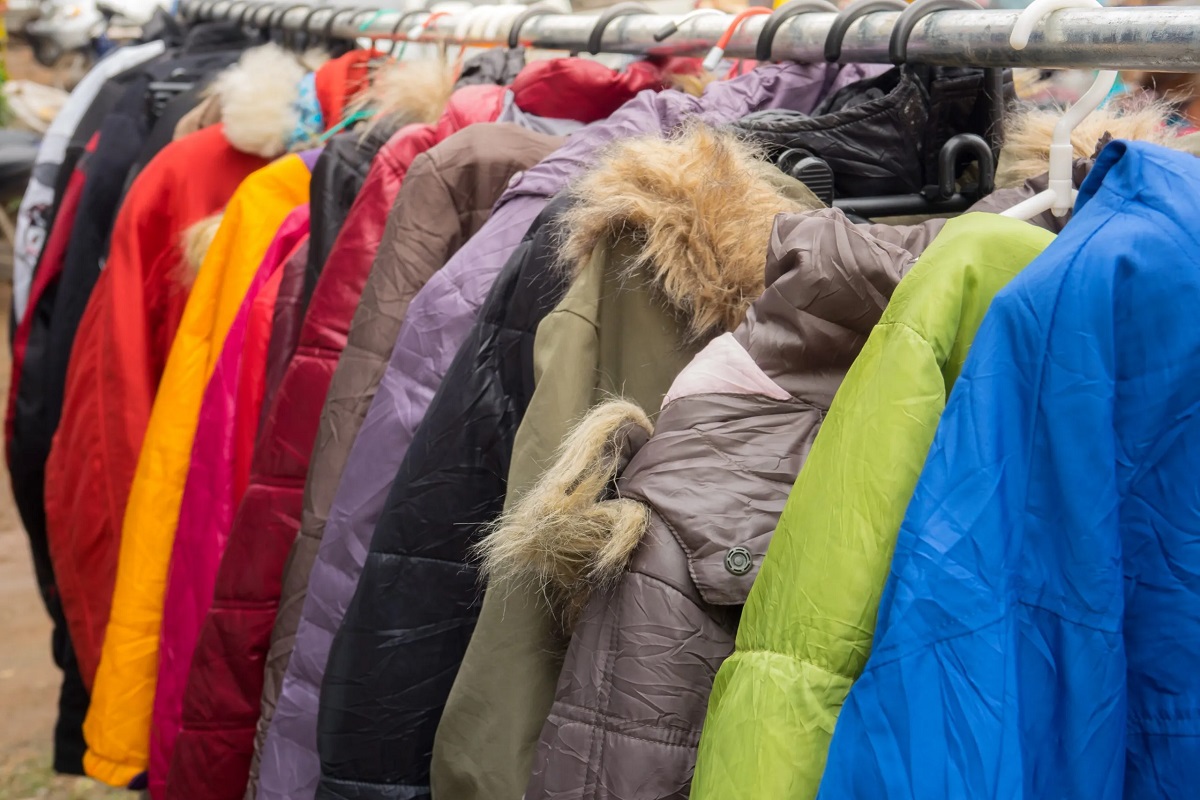
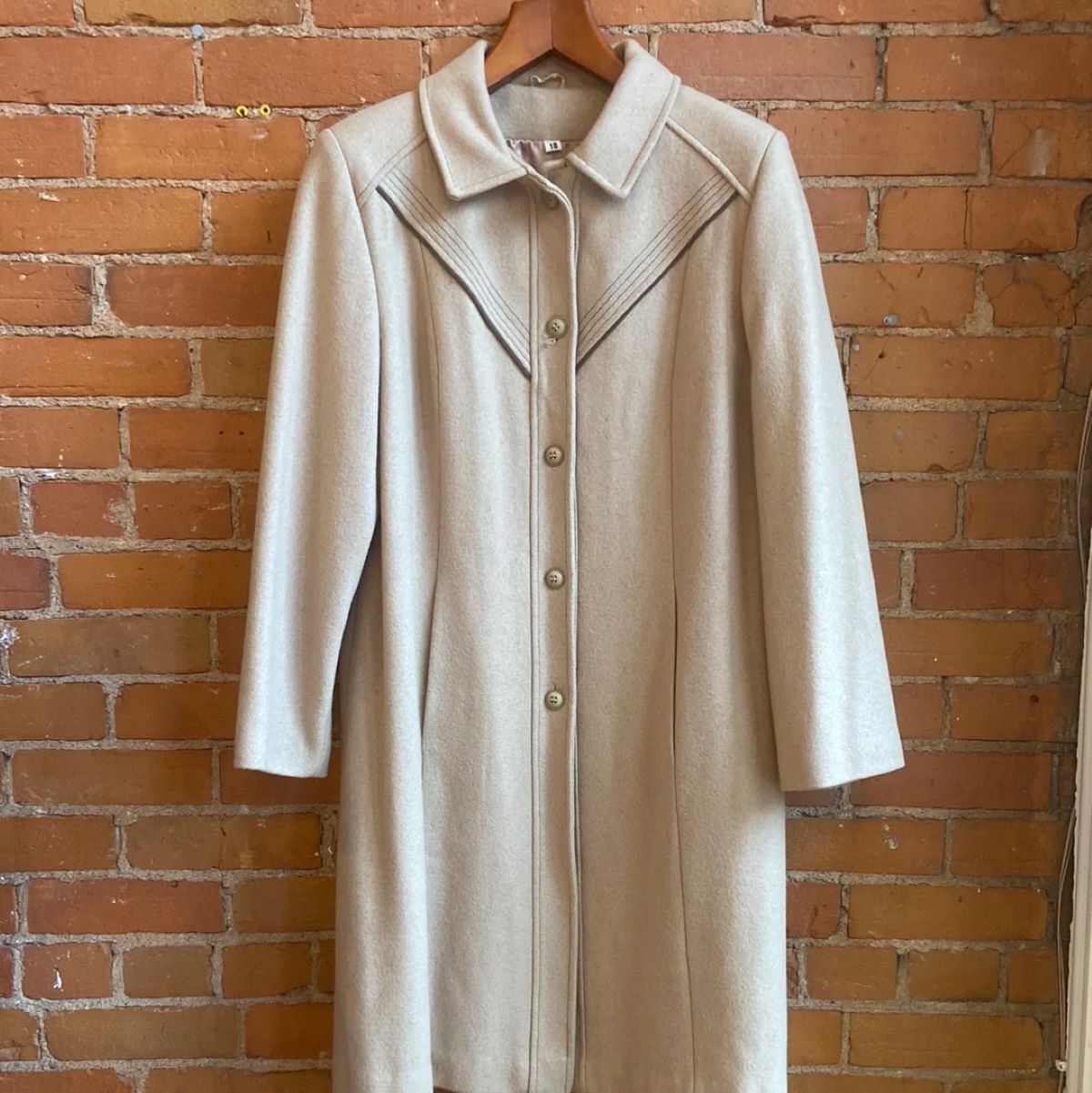

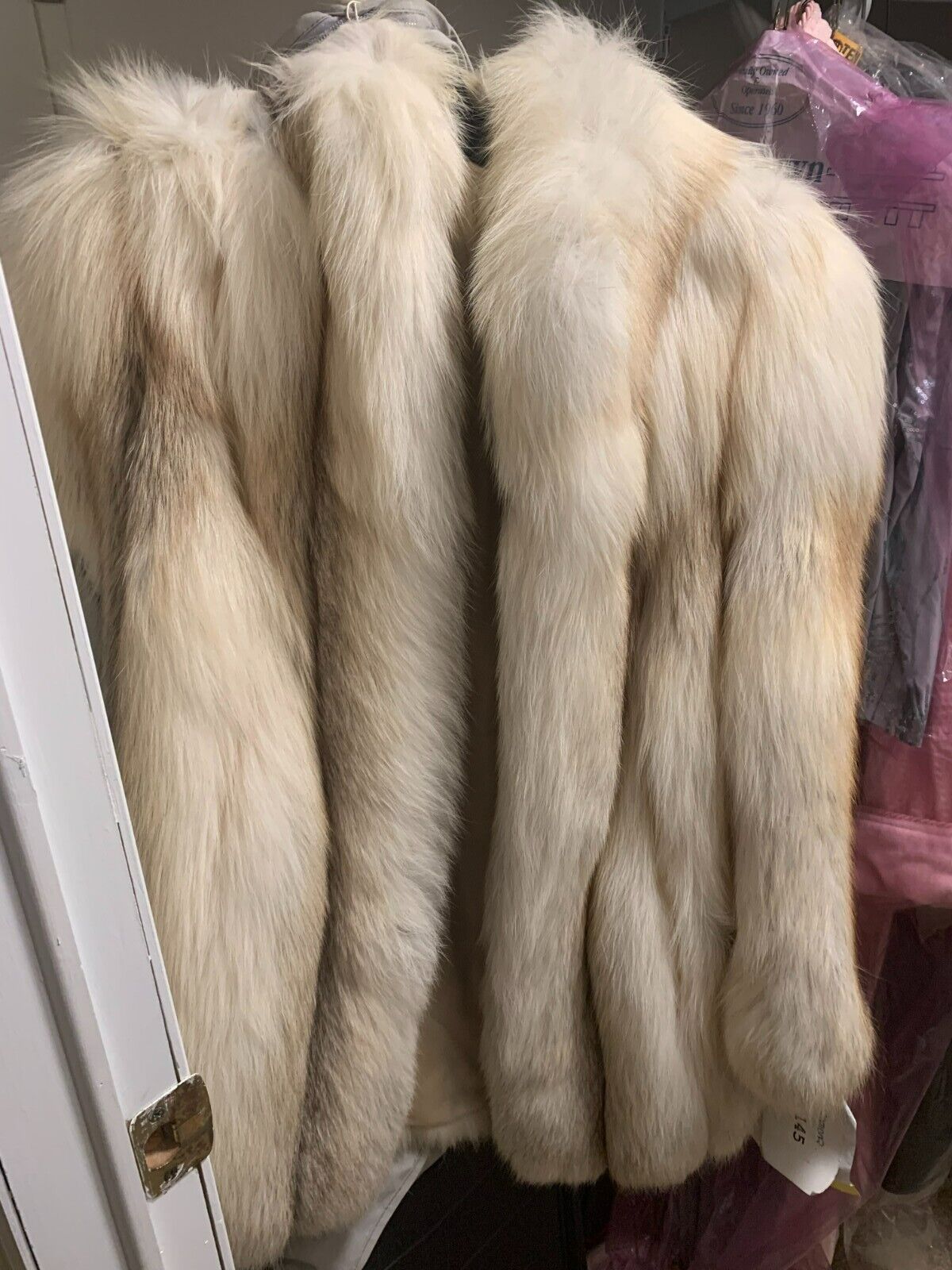


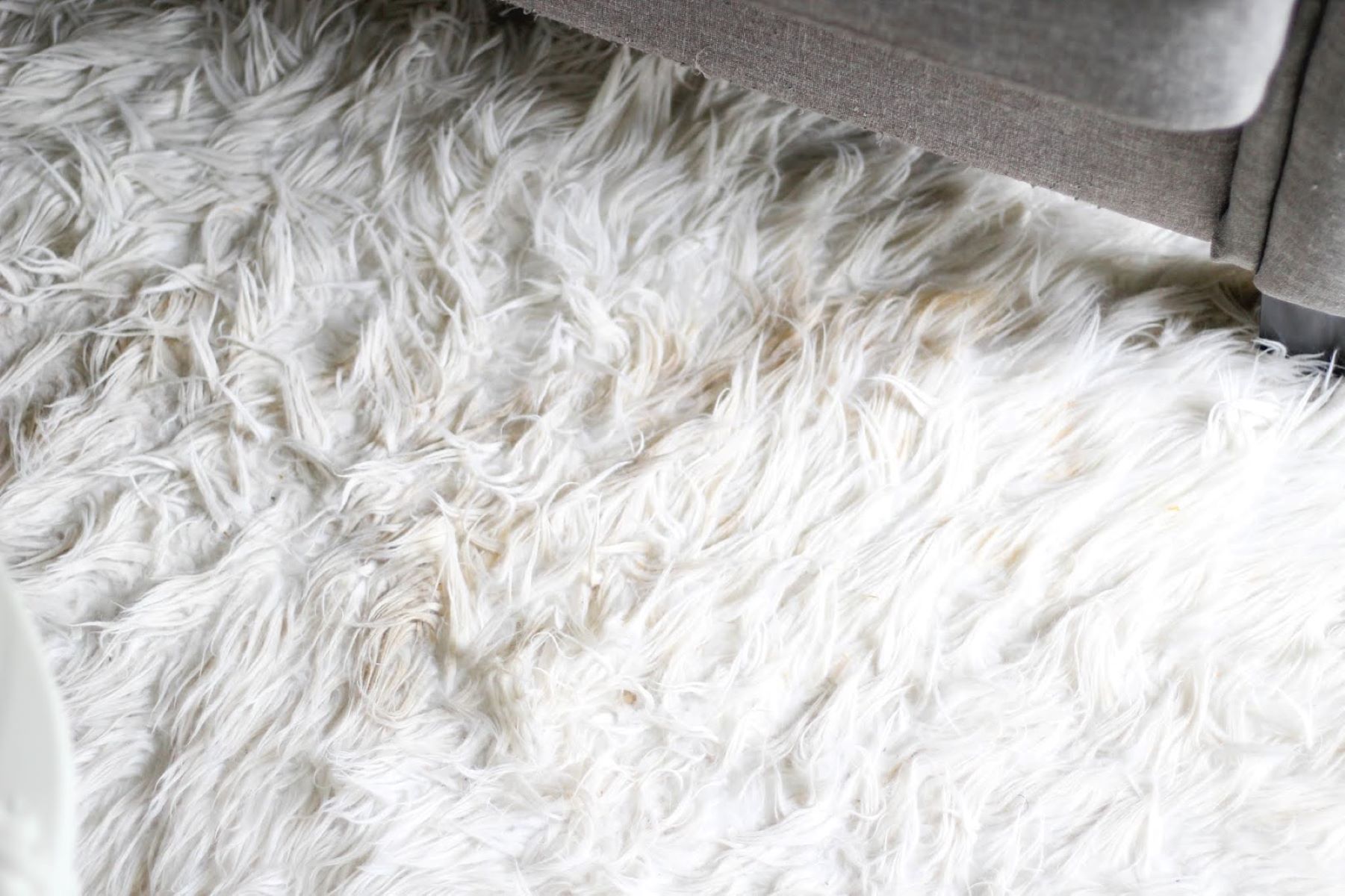
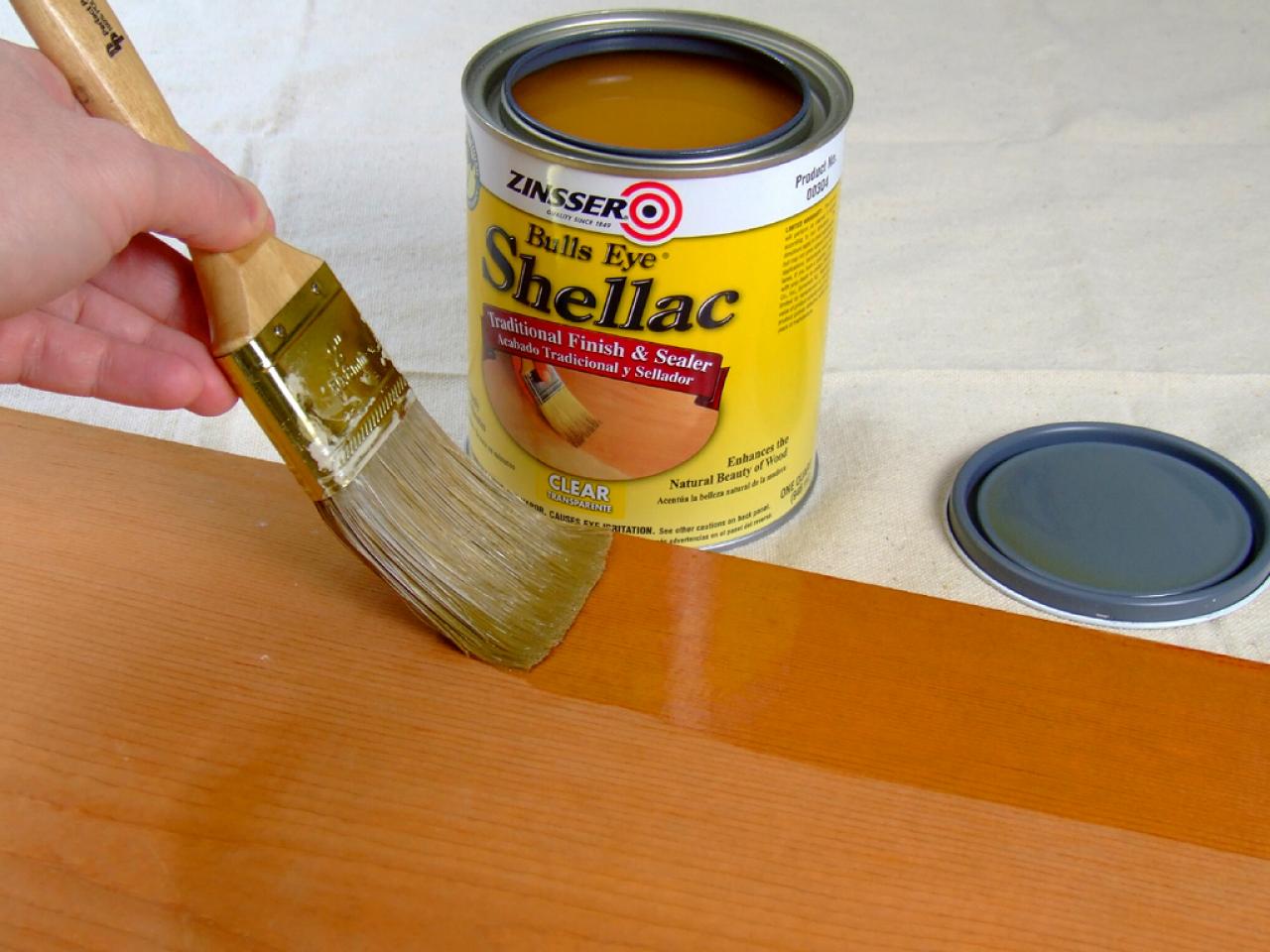
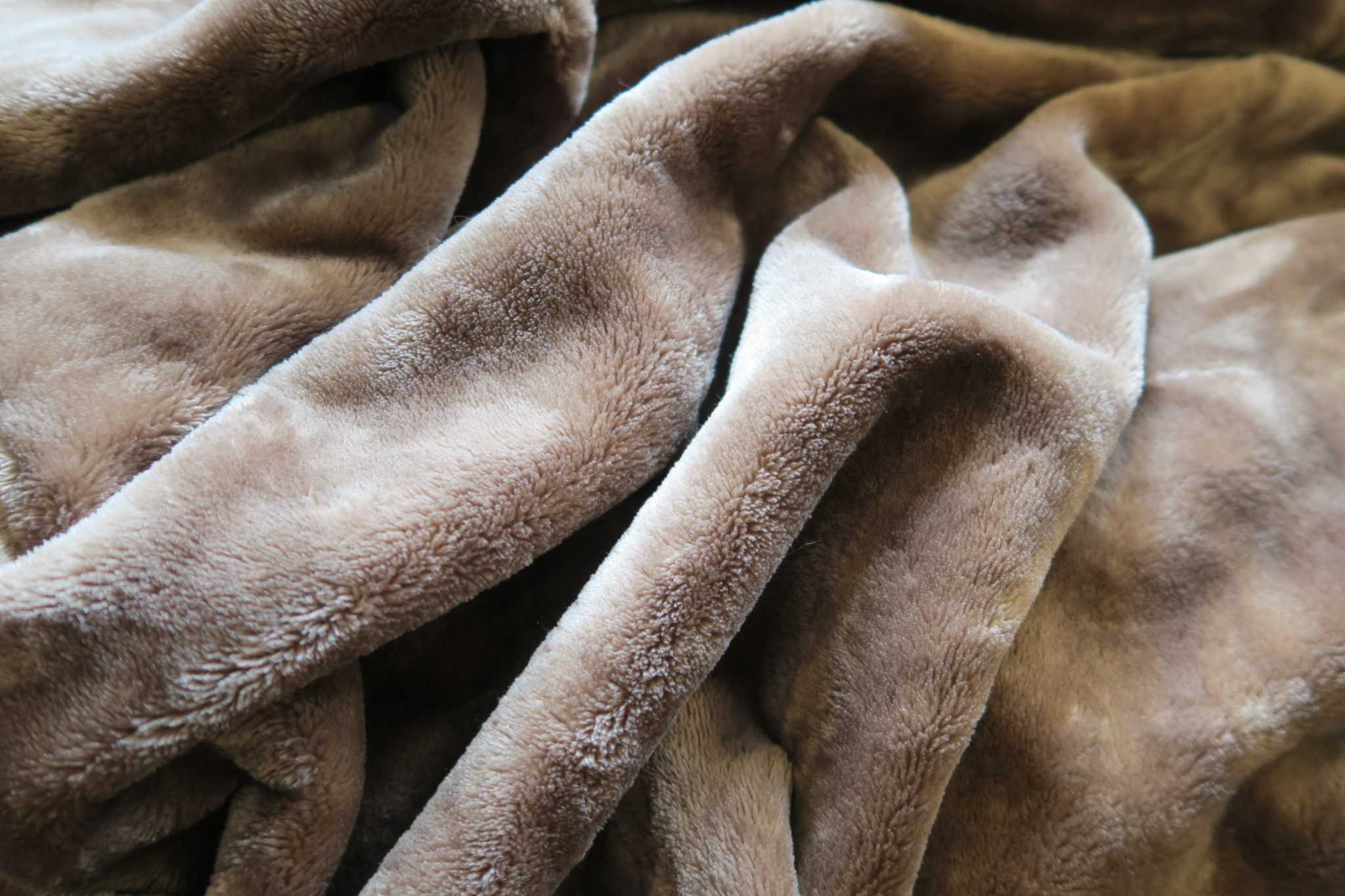
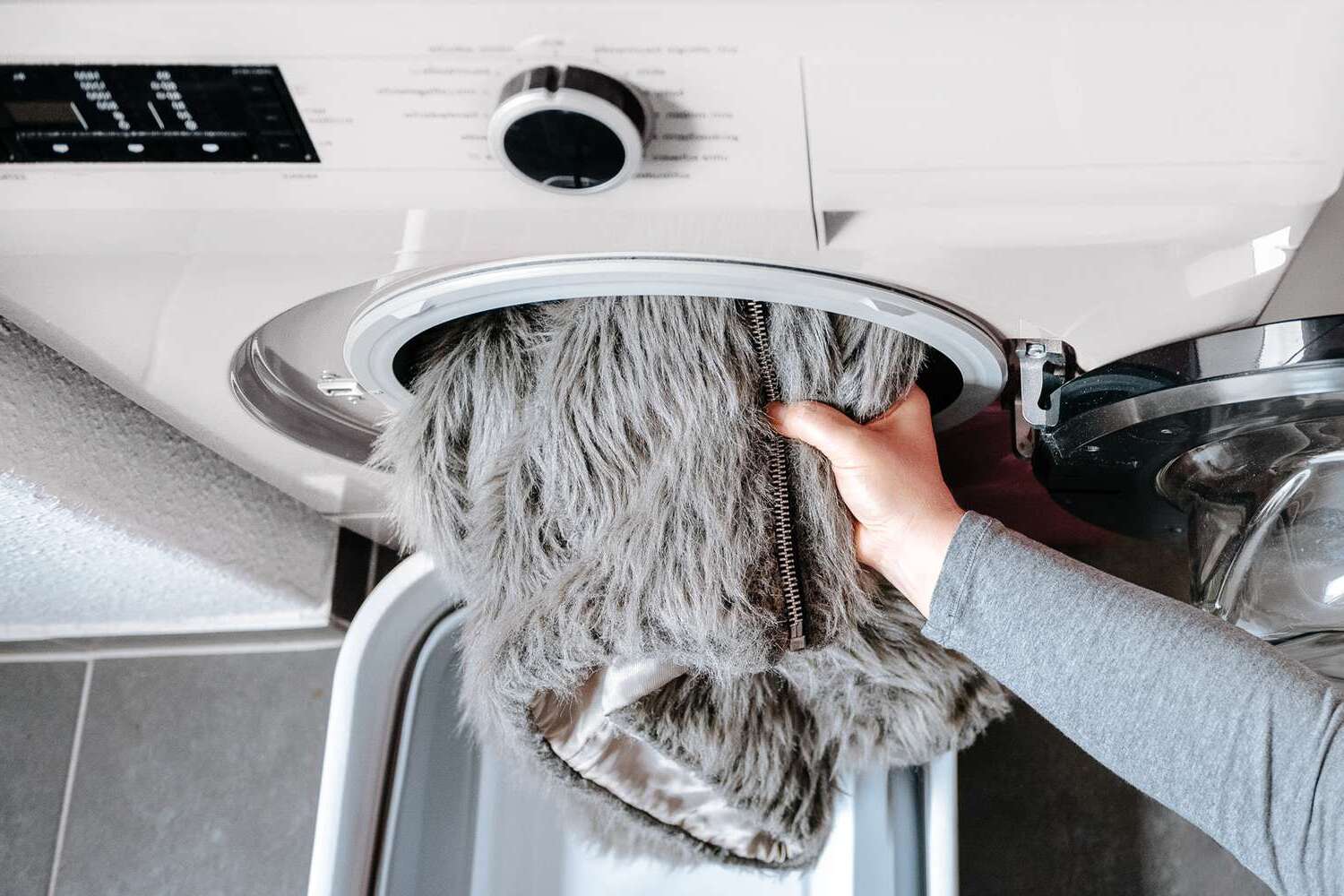

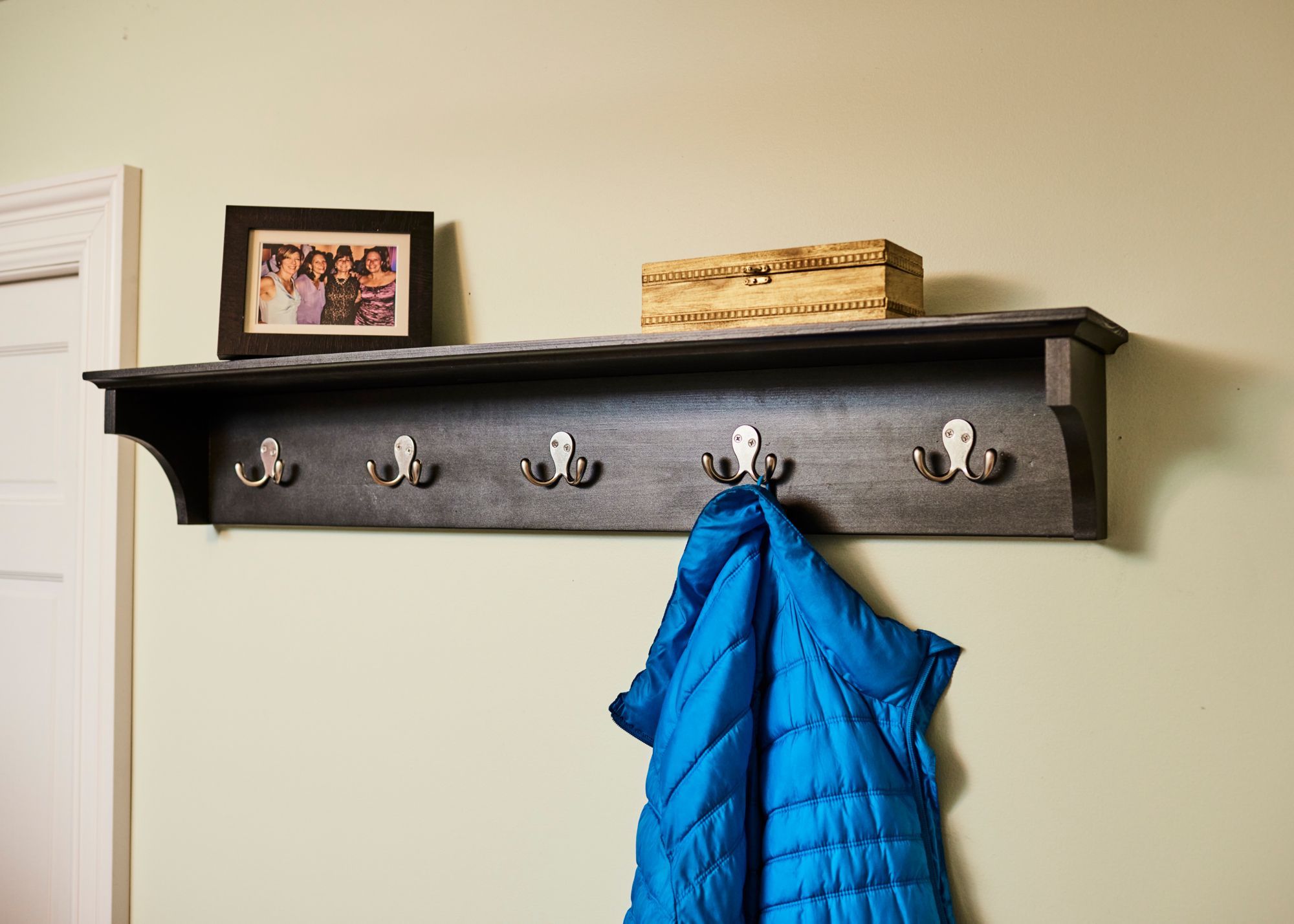
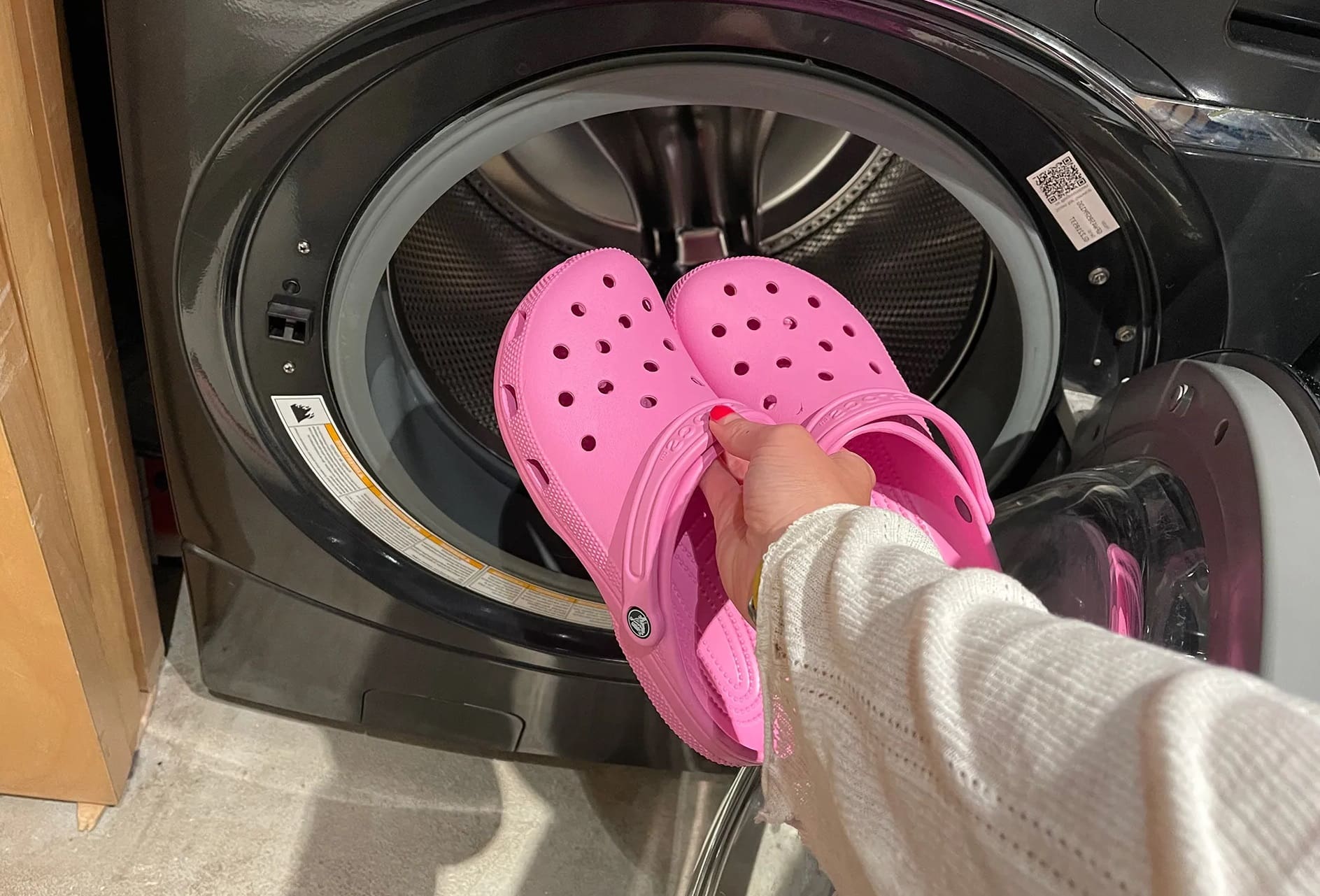


0 thoughts on “How To Store A Fur Coat”